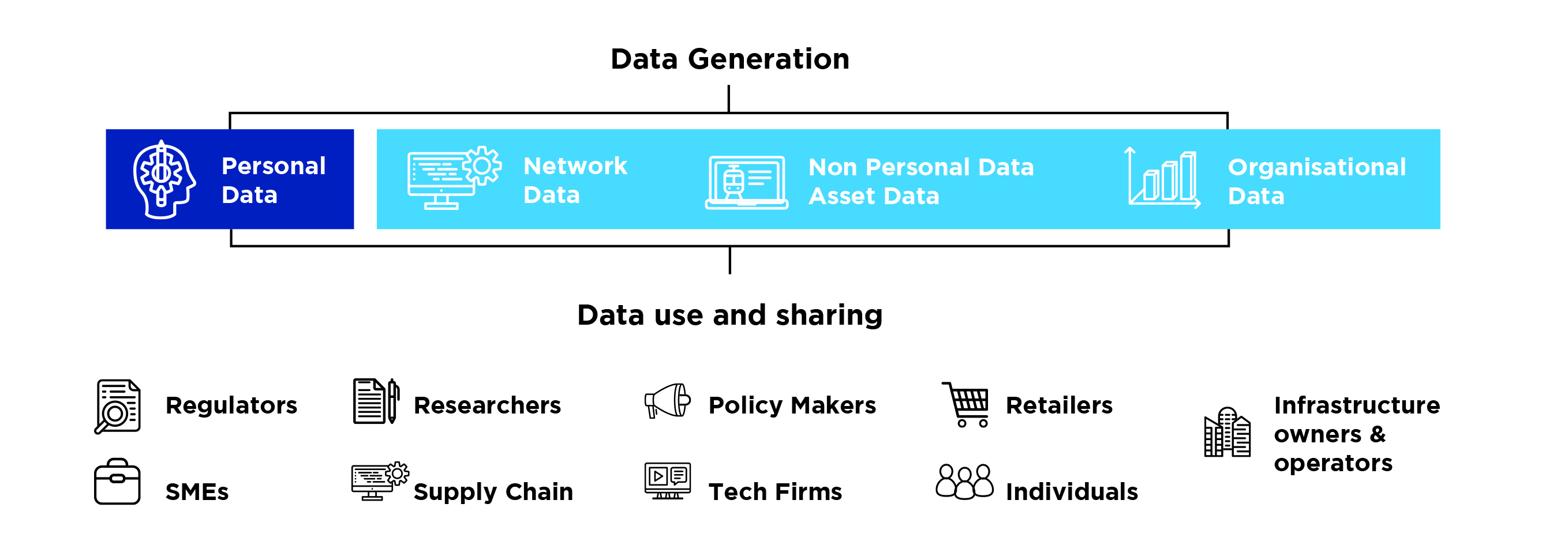Asset Management
For the IDMF, infrastructure is defined as:
“The basic economic and social services, facilities and installations to support society including water, wastewater, transport, sport and culture, power, communications, digital and data, police and justice, health, education and family and community services.”
Note: Based on INSW’s Infrastructure Investor Assurance Framework (IIAF) ; further definitions are at Appendix A.
Well-developed and maintained infrastructure supports increased productivity and allows for increased economic possibilities to support general sustainable development and economic growth. The presence of well-developed and well-maintained infrastructure also enables people and businesses to invest in sectors that are more infrastructure usage based.
Infrastructure data can be categorised as information and data that may be collected and managed to improve and coordinate infrastructure planning, development, delivery and operation. These activities occur between key stakeholders, both inside and outside government.
The National Infrastructure Data Collection and Dissemination Plan (NIDCDP) (Jun 2018) defined six broad categories that should be taken into consideration in developing infrastructure data and information requirements. The categories are:
- Infrastructure stocktake – identify the owner, type and location, etc. of assets
- Infrastructure performance – identifying and understanding the performance of assets
- Infrastructure investment and planning – information on infrastructure to promote planning, decision making, and investment
- Impact of infrastructure – quantify, understand and better assess the economic, environmental, social and safety impacts of assets
- Infrastructure use (Transport, Energy, Water and Communications) – information required to improve planning, management and policy development
- Data and information for decision and innovation – identifying how to improve the availability, discoverability and accessibility of government and non-government infrastructure data and information.
Plain language (enduring) questions are available for each of these categories in the NIDCDP.
The UK’s National Infrastructure Commission report, Data for the public good, adopted the approach that the more information available on infrastructure, the better it can be understood, and concluded that data is crucial to the management of infrastructure. In line with their findings and proposed approach, the NSW State Infrastructure Strategy requires data to be treated as infrastructure.
Data improves how infrastructure is planned, designed, built, managed and decommissioned, with real-time data informing how infrastructure is used and operated. However, collecting data alone will not improve the infrastructure. The key goal is to collect high-quality data and use it effectively to support improved decision making.

Figure 5: Data is generated across the infrastructure sectors and used by a variety of stakeholders
Source: https://nic.org.uk/app/uploads//Data-sharing-in-infrastructure.pdf
Infrastructure Data also needs to be considered within the context of the asset management lifecycle. Data security and the ability to share data varies across the different stages of the asset lifecycle and data needs to be updated, stored securely, and preserved for future use, which for infrastructure assets can be up to 100 years or more. Data must also be supported by physical infrastructure such as sensors, high speed connectivity, data centres, etc.
Last updated 14 May 2024